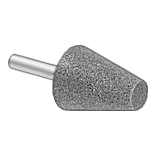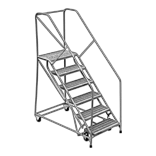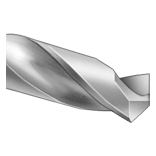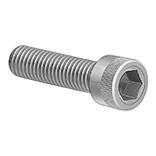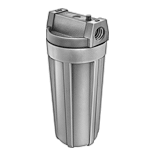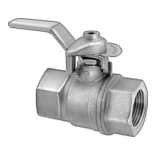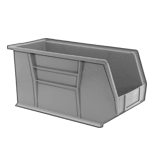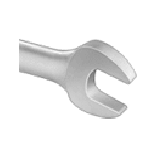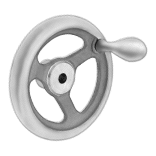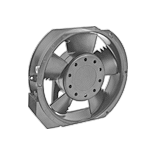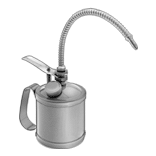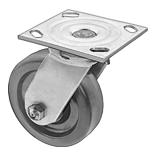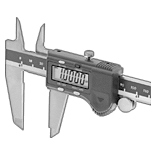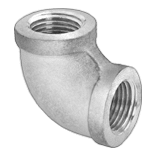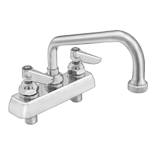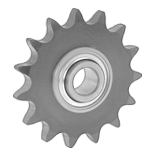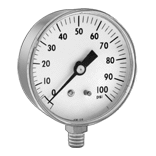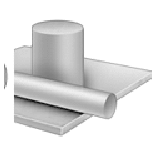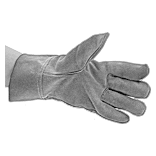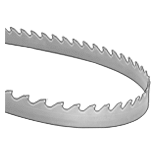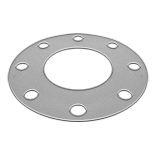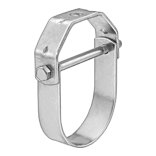About Sanding Abrasives
More
Clog-Resistant Sanding Rolls
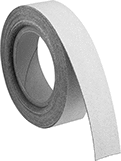
A slick coating on these rolls prevents debris from accumulating on the abrasive surface and keeps operating temperatures low. Aluminum oxide, the most common abrasive material, is hard enough to sand steel and wood. It costs less than silicon carbide but is less sharp and takes longer to abrade. These rolls can be cut to length.
Cushioned Sanding Pads for Stainless Steel and Hard Metals

Sized for tight spaces, these small pads sand flat and curved surfaces. They have a flexible foam layer that gives you more control over sanding pressure, creating finer and more consistent finishes. The abrasive is on the top and bottom. Pads resist deterioration when used wet or with grease, chemicals, cutting fluids, and other solvents that may be present when sanding.
For technical drawings and 3-D models, click on a part number.
| Grit | For Use On | Abrasive Material | Abrasive Backing Material | Sanding Properties | Each | |
2" × 2" | ||||||
|---|---|---|---|---|---|---|
For Extra-Smooth Finish | ||||||
| 260 | Stainless Steel, Titanium, Steel, Iron, Nickel | Silicon Carbide | Cloth and Foam | Water Resistant, Tear Resistant | 00000000 | 00000 |
3" × 4" | ||||||
For Extra-Smooth Finish | ||||||
| 260 | Stainless Steel, Titanium, Steel, Iron, Nickel | Silicon Carbide | Cloth and Foam | Water Resistant, Tear Resistant | 00000000 | 0000 |
